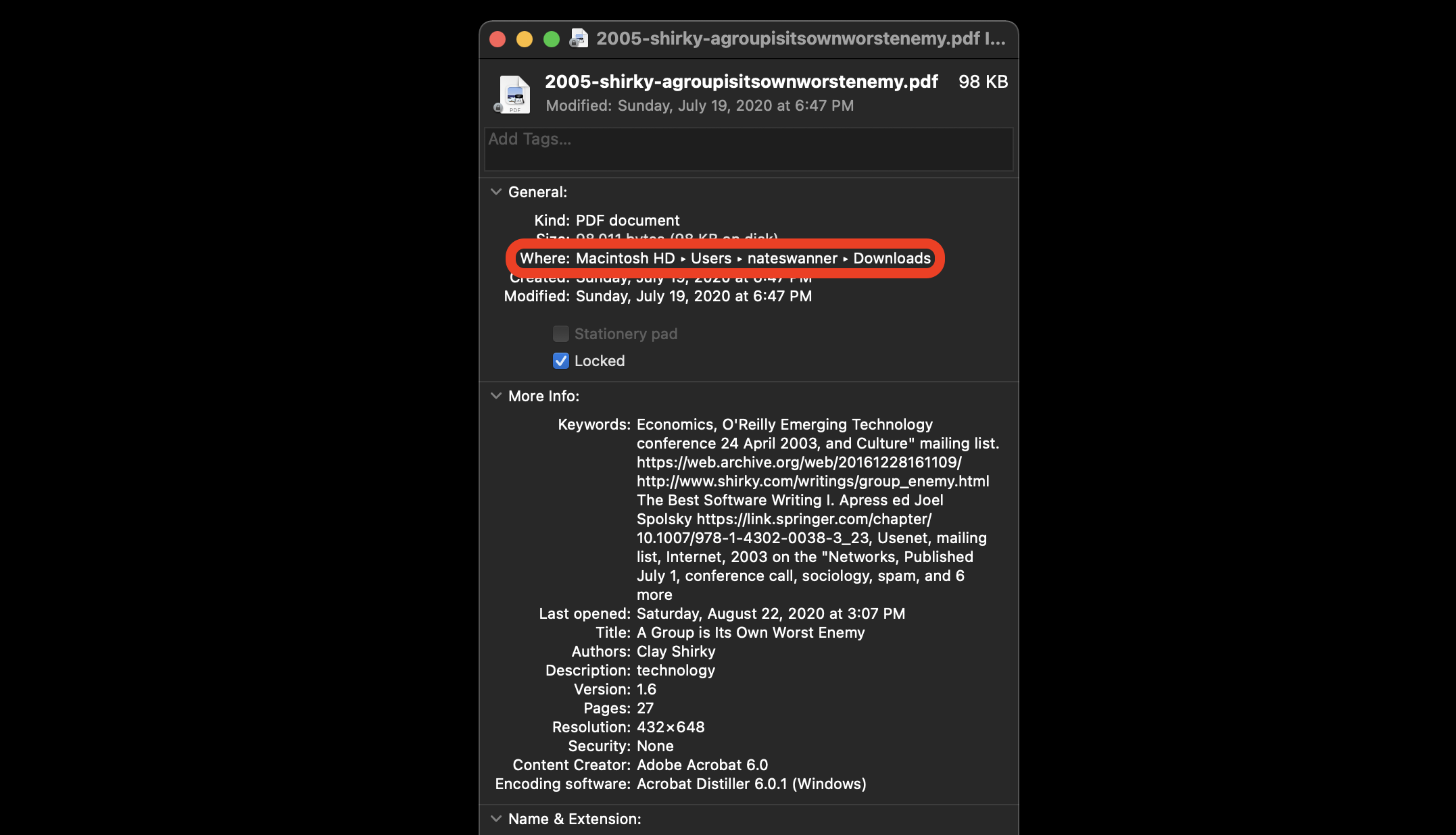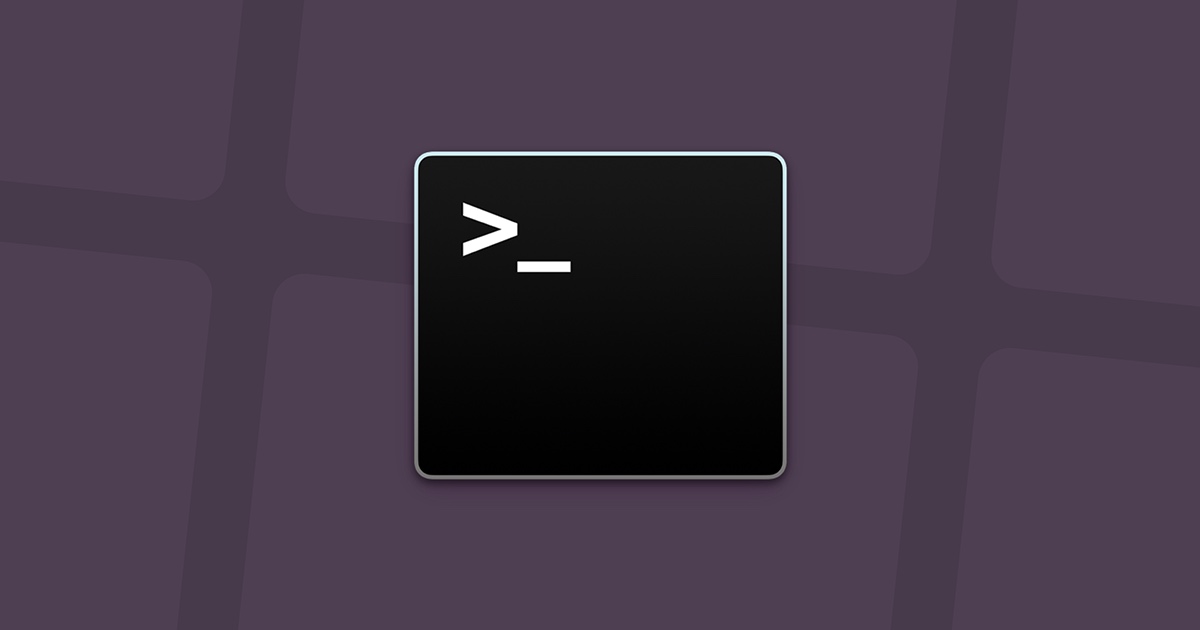

IDG How to access other folders/directories Type ls and press the Return key, and you'll see the folders (and/or files) in the current directory. To do that you use the ls (or list) command. While you're there-or when you're in any folder ( directory in Unix-speak)-you might want to know what's in it. When you first get to the command line, you're in your home folder.

#Mac file extensions for command line mac
Mac-Pro-8 is the name of the Mac (same as the Computer Name in the Sharing pane of System Preferences).In the prompt above romansempire is the user name.The second line is the prompt, and while it can change from system to system depending on configuration, by default it contains several bits of information:.The first line shows the last time you logged into your Mac via the command line that's the current time, when you're using Terminal.The promptīy default, when you open Terminal, the first thing you'll see is something like this: First up: How to navigate the file system from the command-line prompt. If you aren't already familiar with your Mac's command-line interface. It's a good idea for anyone who isn't an utter beginner to be familiar with it. But the command line can be handy when it comes to troubleshooting your Mac, to turn on hidden settings, and other advanced chores. Why would you want to do that? For almost all of your computing needs, the regular graphical user interface is enough. With it, instead of pointing and clicking, you type your commands and your Mac does your bidding.

Terminal (in your /Applications/Utilities folder) is the default gateway to that command line on a Mac. Beneath the surface of the operating system is an entire world that you can access only from the command line. If you've been using a Mac for any length of time, you know that it's more than just a pretty point-and-click, window-and-icon interface.


 0 kommentar(er)
0 kommentar(er)
